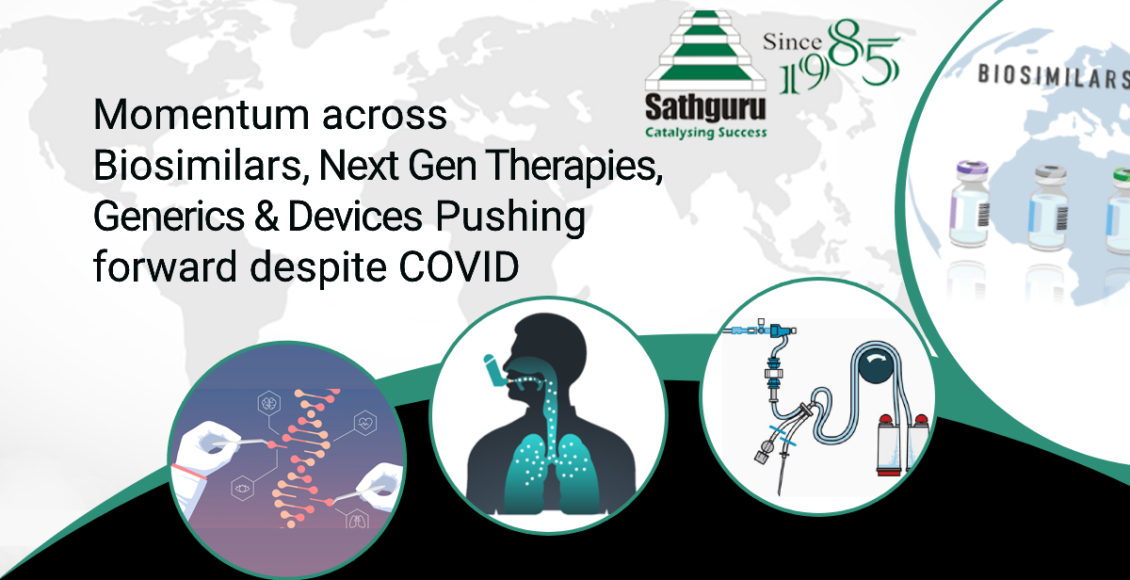
Past couple of months have been turbulent across the world. The COVID-19 pandemic has had an unprecedented effect globally; and the new normal of living with this looming threat is here for a while. In our last two newsletters, we celebrated scientific prowess across diagnostics, therapeutics and vaccines powering this battle across the world.
While we are all consumed by the COVID-19 discussions, it is heartening to note the leaps being made across segments of the industry – generics, biosimilars and next generation therapeutics. Cheer amidst the gloom, we bring you a round up of other critical developments while the industry advances despite COVID-19.
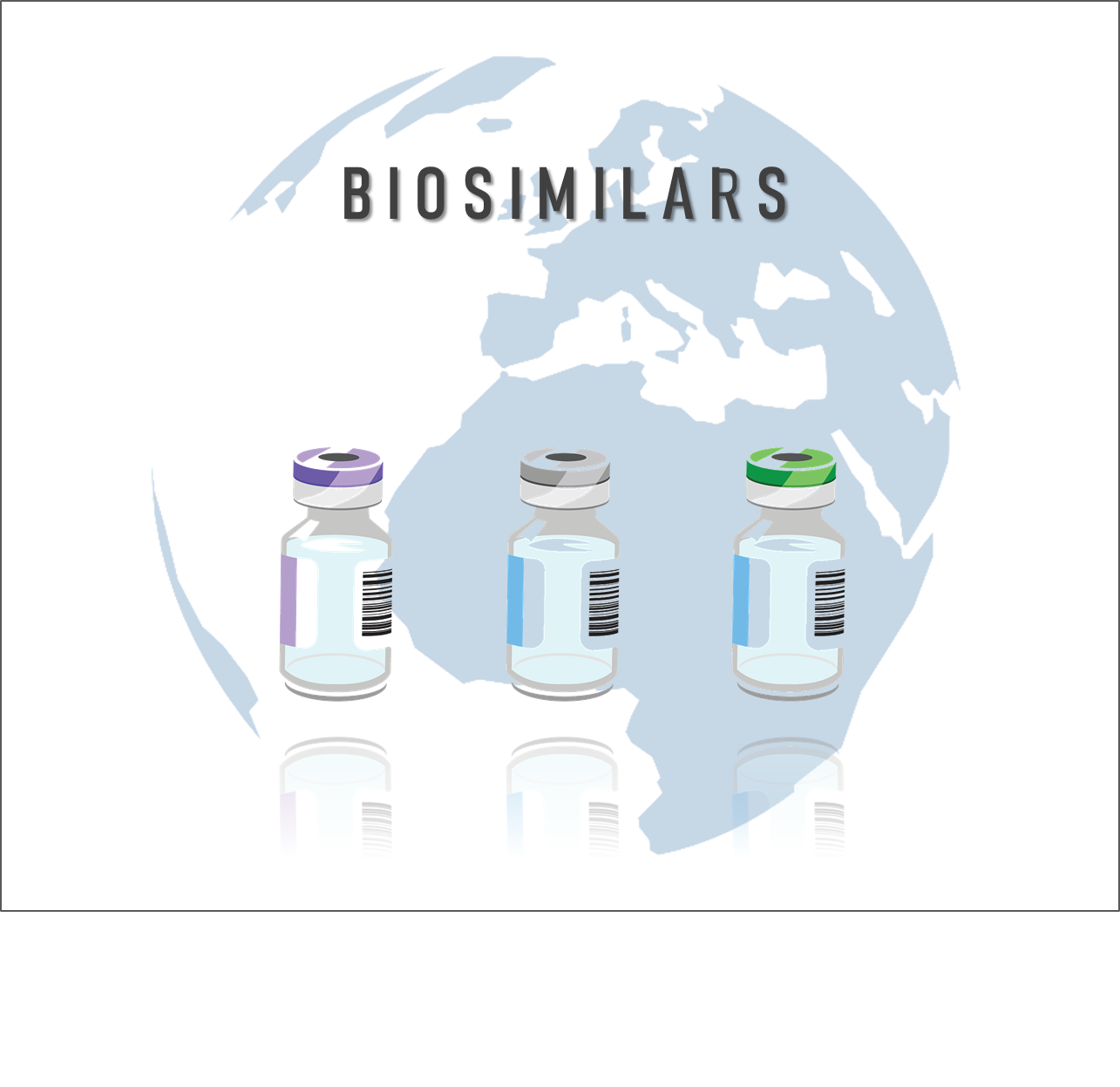
Insulin & hGH classified as biosimilars –Ten years after introduction of the BPCA Act, 2009, US FDA has transitioned to biological products, insulin and human growth hormones, which were historically approved as drugs under the FD&C Act. These can now serve as a reference product for biosimilars that are interchangeable and thus accelerate the pathway to approval and widespread availability. Per the FDA, the erstwhile ANDA pathway created scientific challenges and limitations on the scope of data that can be relied on in a generic drug application and thus created an impediment for approvals of generic alternatives. This is especially significant for chronic use products like Insulin whose prices have skyrocketed in the past few years and have been the center stage of debates around drug affordability.
Continuing approval momentum: Rituximab and Trastuzumab biosimilars are riding high in the first quarter of FY20. Pfizer received approval in EU for oncology biosimilar RUXIENCE™ (rituximab) to Roche’s biologic MabThera®. Russian company Biocad received marketing approval in Bosnia and Herzegovina for two drugs: Acellbia (rituximab) and Herticad (trastuzumab), becoming the first Russian biosimilars to enter Europe, albeit outside of the European Union.
Commercial launches finally implying gains for patient access and drug pricing: Now with US regulatory approvals being forthcoming, tangible market creation that has been long overdue will finally provide much needed business fillip to the biosimilar industry. Teva launched the first rituximab biosimilar TRUXIMA™ indicated for rheumatoid arthiritis in USA. Developed by Celltrion, Teva holds the commercial rights for TRUXIMA™ in USA and Canada. It was originally launched in November 2019, for oncology indications and has now been approved and launched for RA, making it the only available rituximab biosimilar for RA. Merck and Samsung Bioepis launched the fifth trastuzumab biosimilar in USA, Ontruzant™ thereby expanding pool of competitors and probability of near term gains on patient access and drug pricing.
Biocon and Mylan also launched pegfilgrastim biosimilar Fulphila® in Australia and Canada for the treatment of febrile neutropenia. Fulphila is the second biosimilar through the Mylan-Biocon Biologics partnership from the pool of 11 biologic products being co-developed by the two for the global market.
Arrival of the Chinese Biosimilar: Chinese biosimilar manufacturer Henlius is buckling down to enter the global biosimilar market. Recently, it completed a successful EU inspection of its trastuzumab manufacturing plant in Xuhui, China. With its trastuzumab biosimilar awaitingEMA authorization, this sets the stage for the first major global biosimilar approval for a Chinese company. The same company had last year launched China’s first ever biosimilar, HLX01, a rituximab biosimilar. To sum up, with substantial regulatory and commercial momentum, we are highly optimistic about the opportunity ahead for biosimilars beyond the horizon of this pandemic. We have opined time and again that market creation in US is critical for sustainable expansion of industry commitment to the segment. While clinical development of pipeline could take a temporary setback due to the pandemic, 2020 will still be significant for the global biosimilars market if this tangible commercial milestones are achieved.
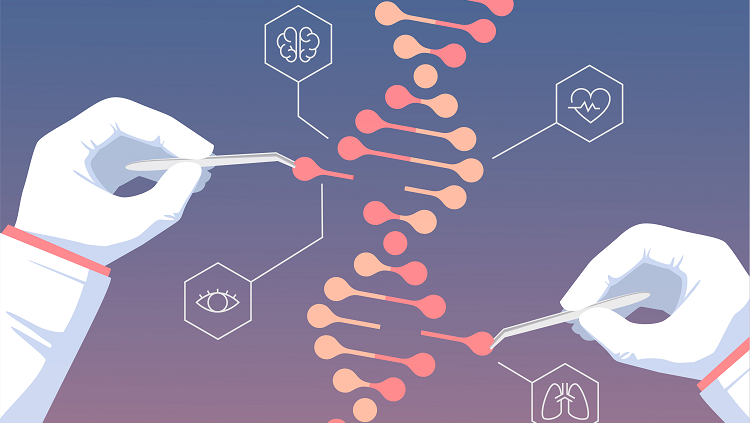
The momentum that kick-started in 2019 continues into 2020 with substantial traction in cell and gene therapies. Following last year’s licensing agreement with StrideBio, Takeda has now established a long term research alliance with Austria based Evotec GT. Takeda will leverage both Evotec’s gene therapy capabilities and its fully integrated gene therapy discovery platform across its core therapeutic areas: oncology, rare diseases, neuroscience and gastroenterology.
BioMarin Pharmaceutical entered into a preclinical collaboration and license agreement with DiNAQOR, a Swiss gene therapy platform company founded in 2019. The license covers DiNAQOR’s lead candidate DiNA-001 for a rare genetic condition that leads to hypertrophic cardiomyopathy (HCM). HCM is one of the most common genetic heart diseases, with about 500,000 patients diagnosed with HCM worldwide and there are no approved pharmacological treatments available to address the underlying cause of the disease.
The genesis of most cell and gene therapies developed so far has been within academic and research institutions. Most recent pertinent example of this is an investigational gene therapy for complete color blindness or achromatopsia developed by a team of researchers from the Institute for Ophthalmic Research at the University Hospitals in Tübingen and the Departments of Pharmacy and Ophthalmology at LMU in Germany. The gene therapy aims to correct the defect in CNGA3 gene. The group has recently completed the first clinical study in 9 achromatopsia patients and has been proven safe in the subjects with no permanent effects to the retina and has also restored the vision to a reasonable extent.
Having completed early research and clinical milestones, the next imminent step for investigational therapies is to get scale up and translational support. Cognizant of this need, last year a partnership was forged between Harvard, MIT and a number of industry players to build a new $50 million center for developing new CGTs. Along similar lines, the UK Medical Research Council (MRC) and LifeArc, a lifescience medical research charity have now announced a $17 million grant expanding across 5 years to create a network of Gene Therapy Innovation Hubs providing access to clinical grade viral vector and translational support for early phase academic-led gene therapy clinical trials. The funding will be available to UK-based research organizations to expand or repurpose existing viral vector production centres to develop GMP grade viral vector manufacturing capability, support translation of gene therapy products from lab-to-market, disseminate up-skilling and training activities for support staff etc.
On the other hand, to address the rising demand of viral vectors with the unabated increase in pipeline cell and gene therapy candidates, MilliPoreSigma announced a $100 million viral vector production facility in California, USA where it already owns an existing viral and gene therapy production facility. This will address manufacturing bottlenecks faced by CDMOs because of the sudden boom in cell and gene therapy startups that rely on CDMOS to move candidates forward in clinical development and commercialization.
Active investment and participation from mainstream biotech giants, significant expansion in not just academic and corporate research programs but also translational /manufacturing capacity signals coming of age of cell and gene therapies. Realization of clinical benefit will rely on sustained investments and simultaneous focus on pricing/business model to ensure widespread access to transformative care.
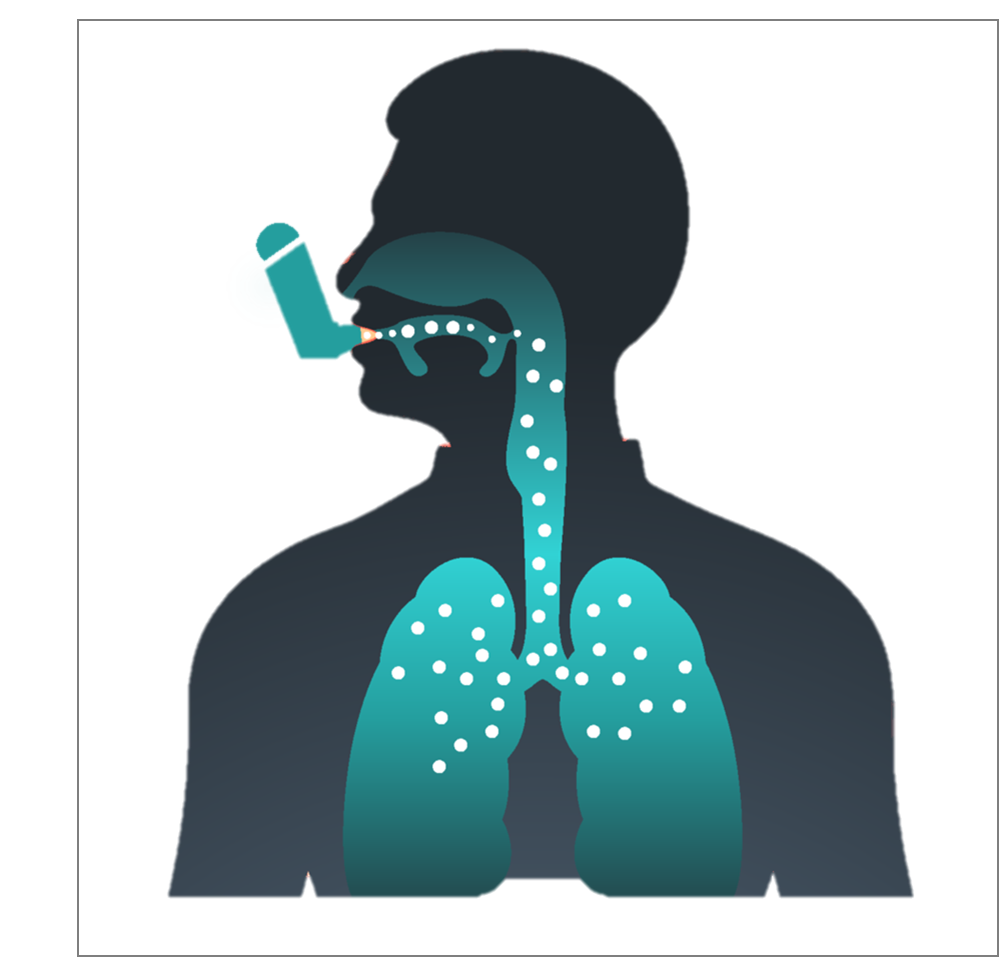
Intensity of competition is only on the rise in generics. In our Mar2020 blog post on 2019 generic approvals, we had emphasized the crowding in ParaIV exclusivity with 10 to 30 submissions for each blockbuster drug. The last couple of months have only signalled continuation of this trend. For instance, with the two additional tentative approvals received by Zydus Cadila and Mankind Pharma in April 2020, the total number of tentative approvals for Empagliflozin now adds up to four (including Alembic and MSN Pharma in Feb 2020 and Sep 2019 respectively). The earliest drug substance patent expiry for Empagliflozin is only in 2025. This is a stark reflection of the competitive dynamic as a number of companies line up before the gate almost five years before the commercial opportunity actually opens up.
With unabated commercial pressure in traditional formulation types, generic companies are increasingly focusing on inhalation, transdermal, ophthalmic and other niche formations. The last couple of months have been significant for opening up of the generic market for the most opportune product in inhalation. In April 2020, Cipla got the ANDA approval for albuterol sulfate metered dose inhaler (MDI) with the reference drug being Merck Sharp & Dohme’s Proventil HFA. In February 2020, Perrigo (in collaboration with Catalent) also obtained an ANDA approval for the albuterol sulfate MDI with the reference product being Teva’s ProAir HFA. This is a significant development in the $2.8 billion Albuterol Sulfate HFA Inhalation Aerosol market in US. Without an established generic pathway, the product category had been devoid of competition implying low price rationalization. Subsequent to the 3M’s(marketed by Merck) product approval in 1996, GSK and Teva obtained FDA approvals for their albuterol sulfate MDIs in 2001 and 2018 respectively. However, both of these approvals were new drug approvals and not generics. With the first two generic approvals for MDI drugs, the inhalation market for generics is finally an open field. The FDA’s support for increased competition continues and in March 2020, the Agency has also released product specific guidance for proposed albuterol sulfate MDIs including specific bioequivalence recommendations. Pipeline aspirations of generic companies now converges with commercial opportunity that can be accessed with lower barriers to entry. Finally, price rationalization for inhalation drugs, several of which have chronic or long term use, is around the corner.
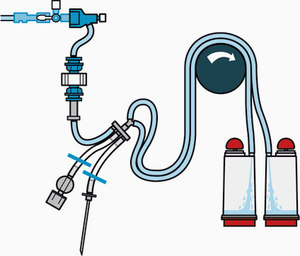
With discretionary healthcare coming to a grounding halt across countries, earnings of medical device companies have taken a strong blow as a consequence of the COVID-19 crisis. With substantial uncertainty surrounding pace at which demand for healthcare services will evolve over the course of the coming year, there is high focus on conserving cash across med-tech and healthcare delivery companies. As a direct consequence, growth oriented strategic M&A is expected to be subdued despite the quest for portfolio rationalization resulting in opportune buys. The recent deal termination by California based Alphatec Holdings if a reflection of this declined appetite. Alphatec Holdings, also known as spine surgery company ATEC, called off its acquisition of Paris-based EOS imaging, a deal valued at USD 88 million.
In this context, we are encouraging by the deals that have advanced through closure milestones during this phase of cash conservation. Smith Medical acquired Access Scientific, the manufacturer of POWERWAND™ midline and extended dwell catheters to complements its current portfolio, Jelco® IV catheter and Port-A-Cath® products. Minerva Surgical announced acquisition of Boston Scientific’s Intrauterine Health franchise which includes Symphion™ and Resectr™ devices used for the removing of uterine fibroids and endometrial polyps respectively. The acquisition complements Minerva’s current product portfolio, the Endometrial Ablation System and Genesys HTA™ Endometrial Ablation System, used for the visualization in the uterine cavity during treatment.
In the bioprocess and life sciences R&D segment, Bio-rad Laboratories announced acquisition of Celsee Inc. thus gaining access to its Genesis System that provides a platform for accurate use and analysis of single cells in application like single-cell cytometry, single-cell transcriptomics, single-cell multiomics, rare-cell enrichment and enumeration, immune monitoring and others.
The COVID-19 crisis will continue to cause a tightening of cash allocation for acquisitions in the near term. However, with continuing quest for portfolio rationalization and access to opportune investment avenues at attractive levels of valuation, we expect a baseline level of strategic M&A to continue in the medical devices and bioprocess segments.

-
- Sathguru Webinar Series 2020 : Sathguru to conduct webinar in collaboration with K&S Partners on practical considerations around nurturing competitive advantage, IP led valuation and monetization Register Now
- Pushpa Vijayaraghavan, Director and Healthcare Practice Lead elucidates on India’s agile and steadfast response to COVID-19 crisis.
- Sathguru proud and humbled to be certified as Great Place to Work, fourth time in a row.
- Sathguru Webinar Series 2020 : Sathguru to conduct webinar in collaboration with K&S Partners on practical considerations around nurturing competitive advantage, IP led valuation and monetization Register Now
Click here to Download the PDF version
Connect with Authors at: E-mail healthcare@sathguru.com
 Grow Beyond
Grow Beyond 

